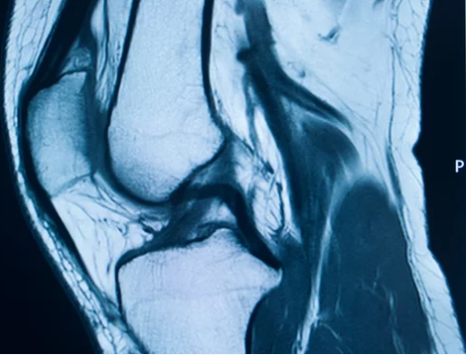For many cancer patients, early detection can mean the difference between life and death. My journey began like many others, with vague symptoms that I initially ignored. Little did I know that a Magnetic Resonance Imaging (MRI) scan would play a pivotal role in diagnosing my cancer, guiding treatment, and ultimately saving my life.
This is my story—a personal account of how MRI technology transformed my experience and why I believe it is one of the most important tools in modern oncology.
Early Signs and a Growing Concern
It started with subtle changes in my health. I experienced fatigue, mild discomfort in my abdomen, and occasional dizziness. I brushed it off, thinking it was stress or a minor illness. However, after several weeks, I decided to see my doctor.
Initial blood tests and physical exams were inconclusive. While these tests are essential, they can sometimes miss early-stage cancers or tumors hidden deep within soft tissues. My doctor suggested I undergo an MRI scan to investigate further.
The MRI Experience
I had never had an MRI before, and I admit I was nervous. The thought of lying still in a narrow tube for 45 minutes sounded intimidating. But the staff was professional, explaining the procedure in detail and helping me stay calm.
When the scan was complete, the radiologist provided images that revealed something my initial tests could not—a small, early-stage tumor in my liver. At just over 1 centimeter, it was barely detectable, and without MRI, it might have gone unnoticed until it became much more serious.
Why MRI Made the Difference
MRI is exceptional at visualizing soft tissues and differentiating between healthy and abnormal structures. In my case, its high-resolution imaging allowed doctors to detect a tumor that was invisible on standard ultrasound and CT scans.
Unlike some other imaging techniques, MRI does not use ionizing radiation, making it safe for repeated scans. This meant my doctors could closely monitor my tumor over time and plan the safest, most effective treatment.
Treatment Planning With MRI Guidance
Once the tumor was detected, my oncologist explained that the next step was treatment planning. The MRI images allowed the surgical team to:
- Pinpoint the tumor’s exact location.
- Assess its relationship with nearby blood vessels and organs.
- Determine whether a minimally invasive procedure was possible.
Because of MRI guidance, I was able to have a targeted surgical procedure that removed the tumor completely while preserving healthy tissue. This precision reduced my recovery time and minimized potential complications.
Monitoring Progress and Recovery
After surgery, MRI continued to play a critical role in my care. Regular scans monitored for any signs of recurrence, ensuring that my treatment was working and that my liver remained healthy. These follow-ups provided peace of mind for both me and my family.
I also learned that MRI could detect changes in tissue before they caused symptoms, offering an early warning system that allowed my doctors to act quickly if needed.
Emotional Impact of MRI Detection
Receiving a cancer diagnosis is terrifying, but I can honestly say that MRI gave me hope. It provided clarity when other tests failed to show the problem. Knowing exactly what we were dealing with allowed me to focus on treatment and recovery rather than fear of the unknown.
MRI also empowered my doctors to take precise action, which made me feel confident in the care I was receiving. For me, this technology was not just a diagnostic tool—it was a lifeline.
Lessons Learned from My Journey
- Early Detection Saves Lives: MRI can detect small tumors that other imaging methods may miss.
- High-Resolution Imaging Matters: Soft tissue cancers benefit from MRI’s ability to provide detailed anatomical and functional information.
- Regular Monitoring Is Key: Follow-up MRI scans are crucial for ensuring long-term health and detecting recurrence early.
- Patient Advocacy Helps: Asking for thorough testing and discussing imaging options with your doctor can make a significant difference.
- Technology and Expertise Together: MRI is powerful, but its effectiveness depends on skilled radiologists and a coordinated medical team.
Conclusion: MRI Changed My Life
I am now a cancer survivor, and I owe my life in large part to MRI technology. Without it, my tumor might have gone undetected until it was far more dangerous. MRI provided early detection, precise treatment planning, and ongoing monitoring, all of which contributed to my successful recovery.
Today, I share my story to encourage others to be proactive about their health, understand the value of advanced imaging, and recognize that early detection can be life-saving. For me, MRI was more than a scan—it was a second chance at life.
Also Read :
